1993
On January 1, the Czech and Slovak Federative Republic splits into two independent countries, the Czech Republic and the Slovak Republic. MPs elect the first democratic Slovak president, Michal Kováč. Slovakia launches its own currency, the Slovenská koruna (Slovak crown), but the country faces a challenging year economically. In its first weeks and months, the newly independent country is welcomed into multiple international organisations, including the World Bank, the UN and the Council of Europe.
1994
Prime Minister Vladimír Mečiar (HZDS) loses a vote of no-confidence. Still, Mečiar’s party wins the resulting snap election and Mečiar becomes prime minister again. Slovakia also holds its first referendum, on proving the origin of funds used in state auctions and privatisations, but the result is invalid due to low turnout. On November 3 and 4, in a move dubbed “the night of the long knives” the government sacks dozens of high-profile state officials as the new parliament begins its session. The years ahead will witness more anti-democratic steps by the Mečiar administration, including the non-transparent privatisation of state-owned firms, many of which end up in the hands of people close to the government for derisory amounts.
1995
President Kováč’s son, Michal Kováč Jr., is kidnapped just as the president and the prime minister are at loggerheads. Pope John Paul II visits Slovakia. The country applies to join the European Union (EU).
1998
President Kováč’s term ends without the election of a successor, and some of his powers are transferred to the Mečiar-led government. Mečiar declares amnesties for everyone involved in the the Kováč Jr. abduction case – in which the country’s secret service, run Ivan Lexa, a close confidant of the prime minister, is alleged to have been involved – and for a marred 1997 referendum on joining NATO. In the subsequent general election, Mečiar’s HZDS wins the most votes, but the opposition, led by the SDK coalition party, is able to form a government. Never before (or since) is the turnout in a parliamentary election so high, at 84,24 per cent. SDK leader Mikuláš Dzurinda becomes the new prime minister.
1999
After a constitutional bill is adopted, Slovak people get to directly elect their president for the first time. Rudolf Schuster, the mayor of Košice, defeats Vladimír Mečiar to become head of state. Following the change of government, the EU starts accession talks with Slovakia. Three years after her first visit, US First Lady Hillary Clinton visits Slovakia for a second time.
2000
U.S. Steel Corporation bought the former Východoslovenské Železiarne steelworks in Košice, a major employer in eastern Slovakia.
2002
Mečiar’s HZDS again wins a plurality of votes in the election. However, Mikuláš Dzurinda (now leader of the SDKÚ) is able to form a second government. His cabinet faces allegations of corruption, including in connection with large public infrastructure projects such as the construction of the Branisko highway tunnel. Slovakia is invited to join the NATO military alliance. Slovakia sells the 49-per cent share in the SPP, a major Slovak gas supplier, to foreign companies.
2003
In a referendum – the only valid referendum in Slovak history to date – Slovaks vote to join the EU. Pope John Paul II visits Slovakia again. It is announced that Trnava will become home to a new PSA Peugeot Citroën (now Stellantis) car plant, the second major car factory to come to Slovakia since Volkswagen’s arrival in Bratislava in 1991. Parliament approves the 19-percent flat tax rate, which is scrapped a decade later.
2004
Slovakia joins the EU and NATO. Ivan Gašparovič is elected president, defeating his former political patron Vladimír Mečiar in the second round. Kia/Hyundai begins building a car plant in Žilina. Over the next few years, Slovakia will become the world’s largest per-capita car manufacturer. Enel, an Italian firm, decides to buy the 66-percent share in Slovenské Elektrárne, a major electric utility company, while Slovakia remains a minority shareholder.
2005
Bratislava hosts a summit between Presidents George W. Bush and Vladimir Putin. It is the first official visit by either leader to Slovakia.
2006
A snap election takes place. Smer, which presents itself as a left-wing party and is led by Robert Fico, emerges in first place and forms a coalition government that includes Mečiar’s HZDS. Over the next four years the media report on a string of corruption scandals, including the renovation of Bratislava Castle by a firm linked to Smer, the underpriced sale of state emissions quotas to PO-box companies, and the introduction of a hugely expensive road-toll system.
2007
Slovak soldiers, who had participated in the US-led occupation of Iraq after 2003, are withdrawn from the country. Slovakia joins the Schengen Area, as do most of its neighbours, meaning formal checks at land border crossings, except those with Ukraine, disappear. Passport checks on flights to other Schengen countries are scrapped a year later.
2009
Slovakia adopts the euro as its currency, and the Slovak crown is withdrawn from circulation. Ivan Gašparovič is re-elected as president, defeating Iveta Radičová, a former SDKÚ minister, in the second round. Slovakia’s first LGBT+ pride march takes place.
2010
Smer wins the most votes in the general election, but the SDKÚ is able to form a four-party coalition government. Iveta Radičová, the party’s electoral leader, becomes prime minister, but her government collapses a year later after coalition party Freedom and Solidarity (SaS) votes against its partners in a confidence vote linked to the eurozone bail-out fund. (The vote is run again a few days later and the bailout is passed with the support of opposition parties.)
2012
The first months of the year are marked by anti-corruption protests around the country held in response to the so-called Gorilla files, named after a series of leaked transcripts based on recordings of alleged meetings held several years earlier between a high-profile businessman and senior officials that purport to reveal high-level political corruption. The only senior politician named in the files is Smer leader Robert Fico, but in a snap election his Smer nevertheless wins 44.41 per cent of the vote and with it – for the first and only time in modern Slovakia’s history – a majority in parliament. Fico becomes prime minister of a single-party government. Allegations of corruption begin to surface again.
2013
In a shock result, Marian Kotleba, a neo-fascist, is elected governor of the Banská Bystrica Self-Governing Region. Banská Bystrica was the centre of the 1944 anti-fascist Slovak National Uprising.
2014
Entrepreneur Andrej Kiska is elected president, defeating Prime Minister Robert Fico in the run-off. In November, anti-corruption and opposition-initiated protests take place in Bratislava, attended by thousands of people, after a scandal linked to the overpriced purchase of a CT scanner at Piešťany Hospital. In elections to the European Parliament, Slovakia records a turnout of just 13.05 per cent – the lowest anywhere in the EU. Slovakia once again becomes the SPP’s 100-percent shareholder after 12 years.
2015
Slovakia holds its eighth referendum, this time on the definition of marriage, same-sex adoptions, and sex education. The explicitly anti-LGBT+ vote is initiated by the Alliance for Family organisation and supported by the Catholic Church, but is rendered invalid due to low turnout. A year prior, parliament had amended the constitution to define marriage as a union between a man and a woman. The government signs a deal with Jaguar Land Rover to build a car plant in Nitra.
2016
A parliamentary election sees Smer returned to government, despite its support declining by more than a third compared to 2012. It forms a coalition with three other parties. More corruption scandals ensue over the next four years. The election also sees Kotleba’s far-right party, ĽSNS, win seats in parliament for the first time, a feat it will repeat in 2020.
2017
Parliament cancels Mečiar’s controversial 1998 amnesties, but no charges are brought in the Kováč Jr. abduction case. Anti-corruption protests take place after it emerges that Interior Minister Robert Kaliňák (Smer) has been doing business with oligarch Ladislav Bašternák, a convicted tax fraudster. Robert Fico, the prime minister, happens to be living in an upmarket Bratislava residential complex owned by Bašternák (he moves out in 2019).
2018
Investigative journalist Ján Kuciak and his fiancée Martina Kušnírová are shot dead at their home in a village in western Slovakia, sparking a series of huge protests, under the banner of “Za Slušné Slovensko” (For a Decent Slovakia), that largely target the Fico-led government. Slovakia is described as a mafia state, in which governing politicians and oligarchs are alleged to be running an organised crime group. This impression is not helped by Prime Minister Robert Fico appearing on TV with a million euros in cash on a table, supposedly in an effort to encourage witnesses to come forward. He later claims, falsely, that protesters are being paid by George Soros. The Fico cabinet is forced to step down and is replaced by a new administration led by Peter Pellegrini, also of Smer. The same year, it emerges that the Slovak government appears to have been involved in the illegal rendition of a Vietnamese citizen wanted by the government in Hanoi.
2019
Zuzana Čaputová, a lawyer and activist dubbed Slovakia’s Erin Brockovich for her long involvement in a campaign to block a planned toxic waste dump in the centre of her hometown, was elected Slovakia’s first female president. Investigation of the Kuciak murder case ends with charges being laid against a motley crew of characters, most notably, Marian Kočner, a politically connected businessman who has been involved in numerous scandals dating back to the 1990s.
2020
The Ordinary People and Independent Personalities (OĽaNO) party, led by Igor Matovič, unexpectedly emerges in first place in the parliamentary election, with more than 25 percent of the vote (up from 11 percent in 2016). Its campaign is based on a pledge to fight corruption, and it forms a coalition government with three other parties. The coronavirus pandemic hits Slovakia, dramatically affecting everyday life for the next two years. The alleged masterminds behind Kuciak’s murder, Marian Kočner and Alena Zsuzsová, are found not guilty (prosecutors later successfully appeal the acquittal, leading to a retrial). The police commence a series of large-scale corruption investigations and later charge a string of high-profile public figures, including top judges and police officials.
2021
Tensions in the government caused by its response to the pandemic and by Prime Minister Matovič’s erratic and confrontational style lead to a reshuffle. Finance Minister Eduard Heger (OĽaNO) swaps roles with Matovič, becoming prime minister, although Matovič remains Heger’s party boss. Pope Francis visits Slovakia.
2022
The retrial of Zsuzsová and Kočner for the 2018 killing of Ján Kuciak and Martina Kušnírová begins (three other men have previously been found guilty for their involvement in the murders). Ex-special prosecutor Dušan Kovačik becomes one of the first high-profile public figures to be convicted of corruption and abuse of power. Police continue to investigate major corruption cases, and charge Robert Fico and Robert Kaliňák with involvement in an illegal criminal group among other things (the charges are later controversially cancelled by Slovakia’s general prosecutor). Slovakia grants temporary refuge to 100,000 Ukrainian refugees fleeing Russia’s invasion of Ukraine. US First Lady Jill Biden visits Slovakia. Heger’s government loses its majority in parliament after its partner, SaS, quits the coalition over conflicts with Matovič. SaS soon afterwards moves to bring down the government by leading a no-confidence vote in parliament. Two LGBT+ people are shot dead in a targeted attack on a gay bar in Bratislava (the alleged perpetrator is found dead soon afterwards); police investigate the crime as a terrorist attack. Volvo is announced as fifth car maker to build a plant in Slovakia.


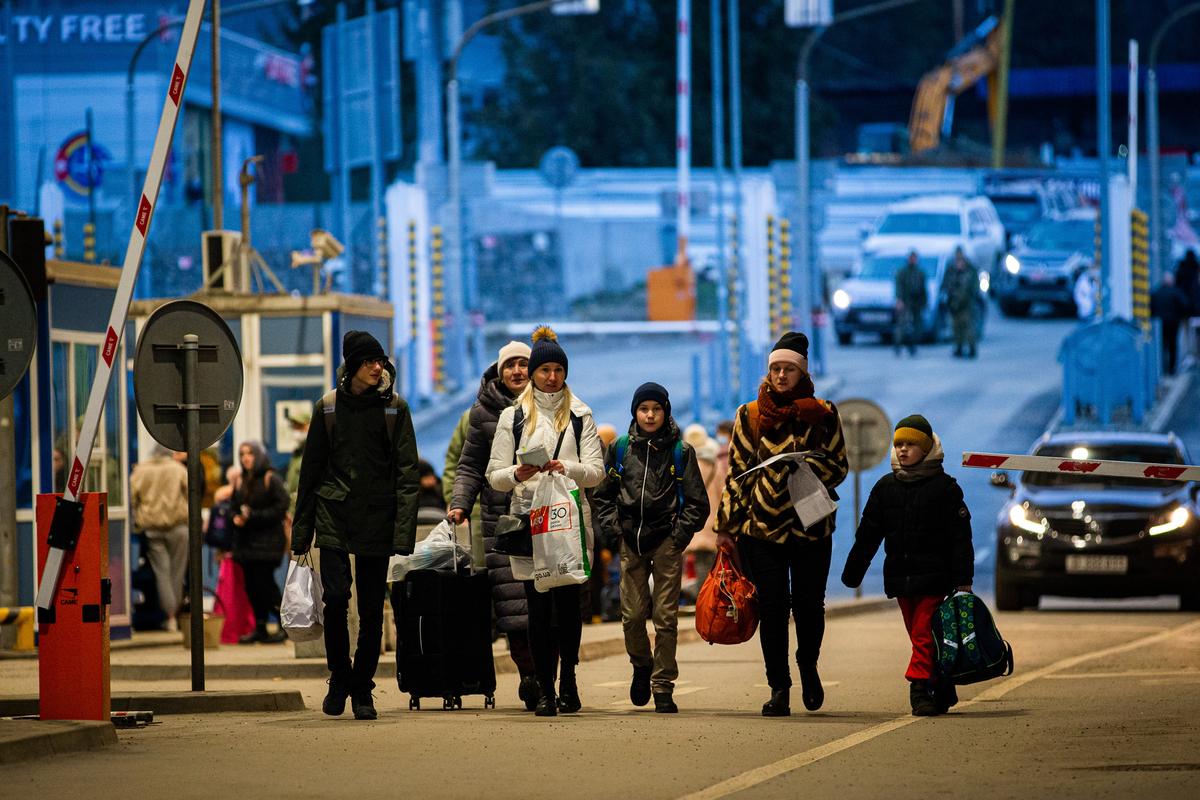 First Ukrainian refugees arrive in Slovakia in late February 2022 after Russia invaded Ukraine. (source: SME - Marko Erd)
First Ukrainian refugees arrive in Slovakia in late February 2022 after Russia invaded Ukraine. (source: SME - Marko Erd)
 Rifleman Jozef Gönci won the first Olympic (bronze) medal for Slovakia in Atlanta, USA, in 1996. (source: TASR)
Rifleman Jozef Gönci won the first Olympic (bronze) medal for Slovakia in Atlanta, USA, in 1996. (source: TASR)
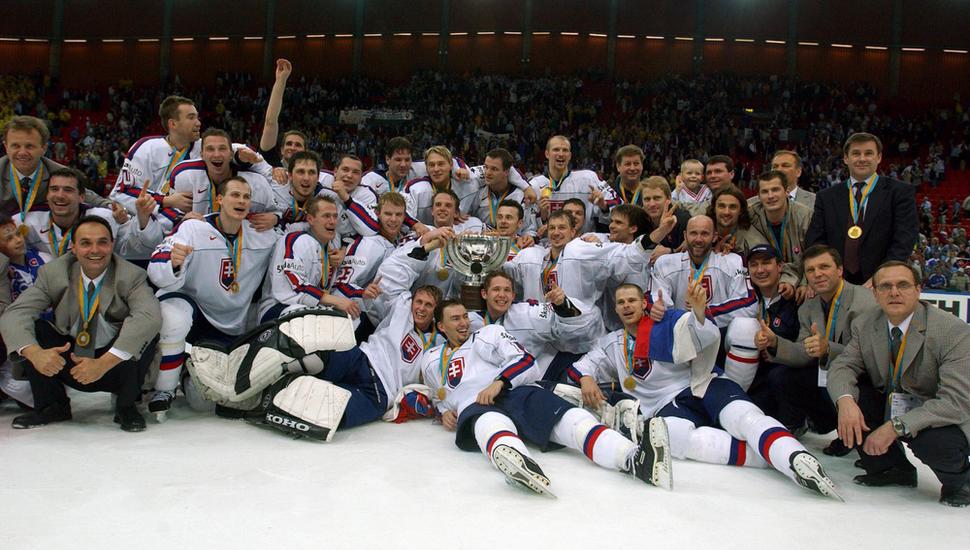 Slovak hockey players become world champions in May 2002 in Sweden. (source: TASR)
Slovak hockey players become world champions in May 2002 in Sweden. (source: TASR)
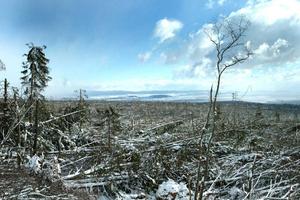
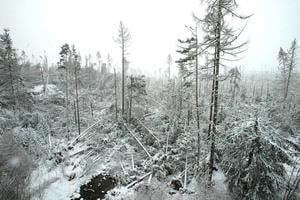
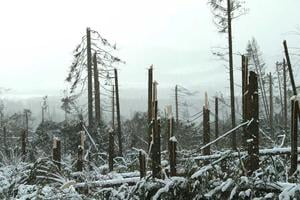
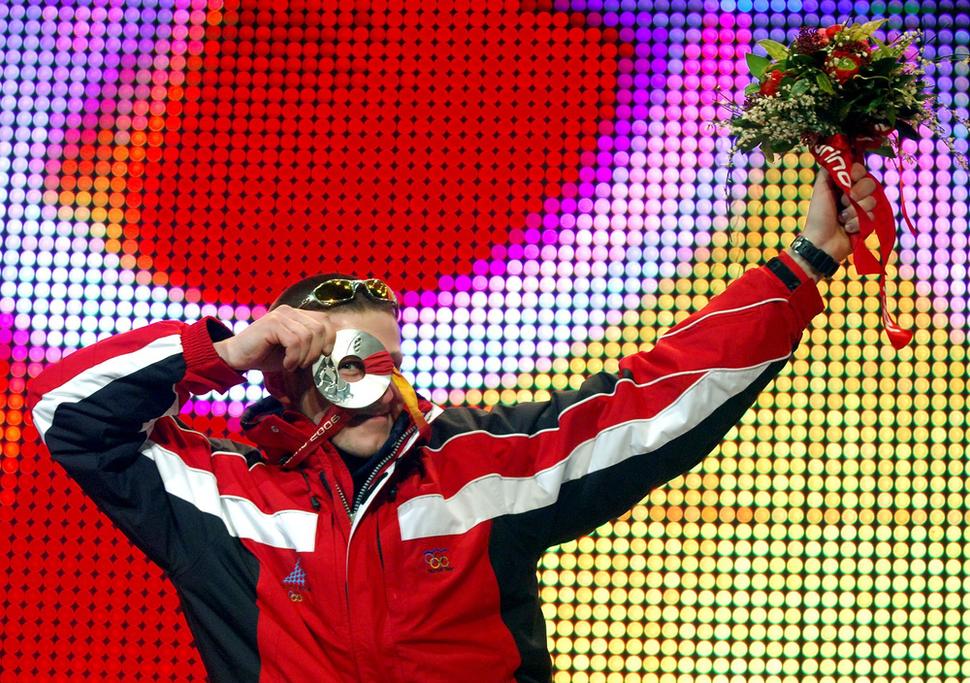 Snowboarder Radoslav Židek wins a silver medal at the 2006 Winter Olympics in Turin, Italy. It is the first medal for Slovakia from the Winter Olympics. (source: TASR)
Snowboarder Radoslav Židek wins a silver medal at the 2006 Winter Olympics in Turin, Italy. It is the first medal for Slovakia from the Winter Olympics. (source: TASR)
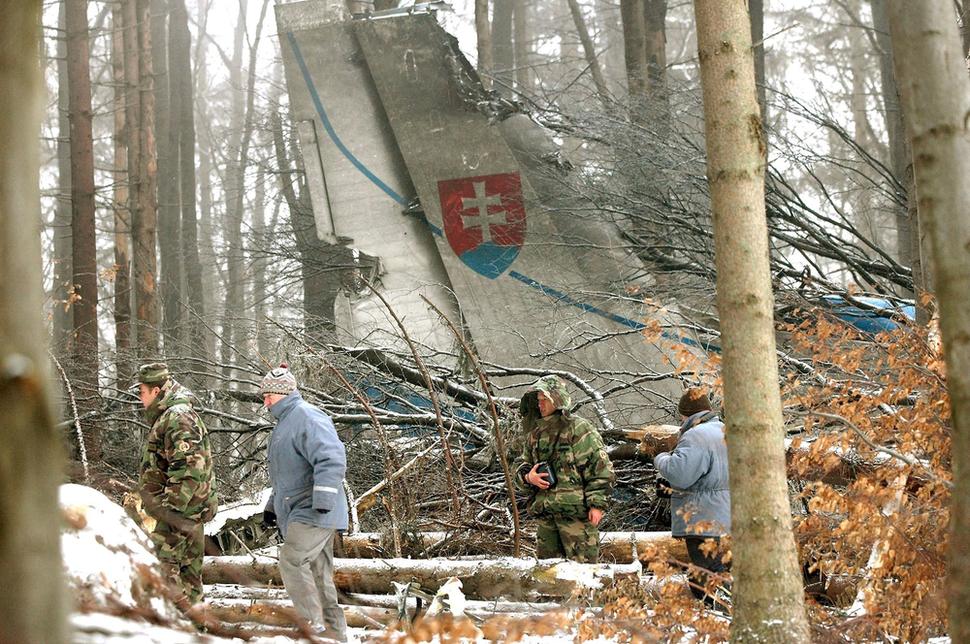 Wreckage of a Slovak AN-24 military aircraft near the village of Hejce, Hungary, which crashed on January 19, 2006. Forty-two people, mostly soldiers, died. It is the deadliest aviation disaster in Slovak history. (source: TASR)
Wreckage of a Slovak AN-24 military aircraft near the village of Hejce, Hungary, which crashed on January 19, 2006. Forty-two people, mostly soldiers, died. It is the deadliest aviation disaster in Slovak history. (source: TASR)
 People attend a Gorilla protest in late January 2012 in Bratislava. (source: SME - Vladimír Šimíček)
People attend a Gorilla protest in late January 2012 in Bratislava. (source: SME - Vladimír Šimíček)
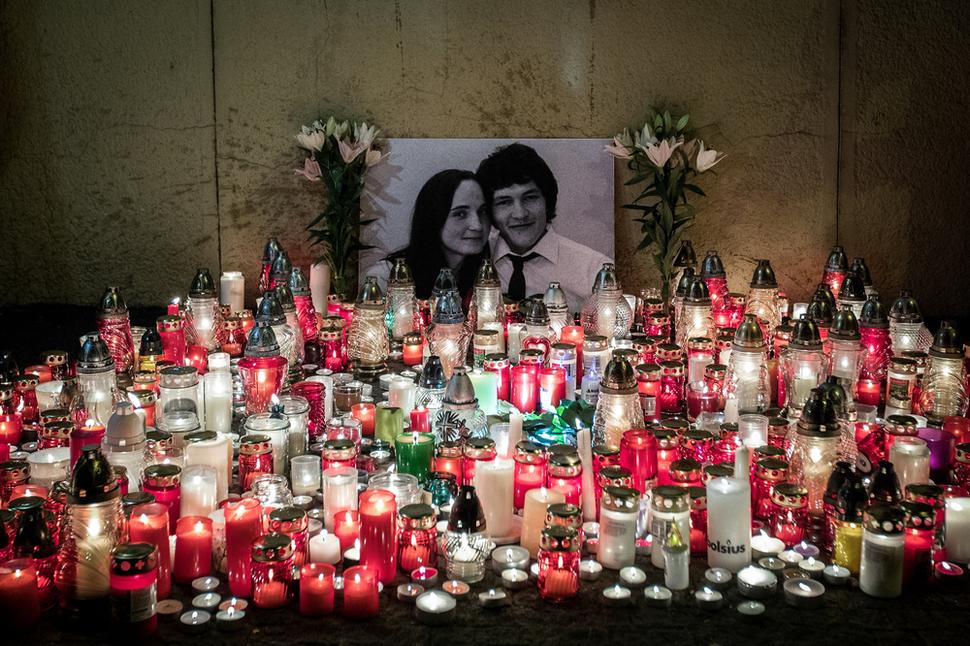 Candles are lit by the photo of murdered journalist Ján Kuciak and his fiancée Martina Kušnírová in late February 2018. (source: SME - Jozef Jakubčo)
Candles are lit by the photo of murdered journalist Ján Kuciak and his fiancée Martina Kušnírová in late February 2018. (source: SME - Jozef Jakubčo)
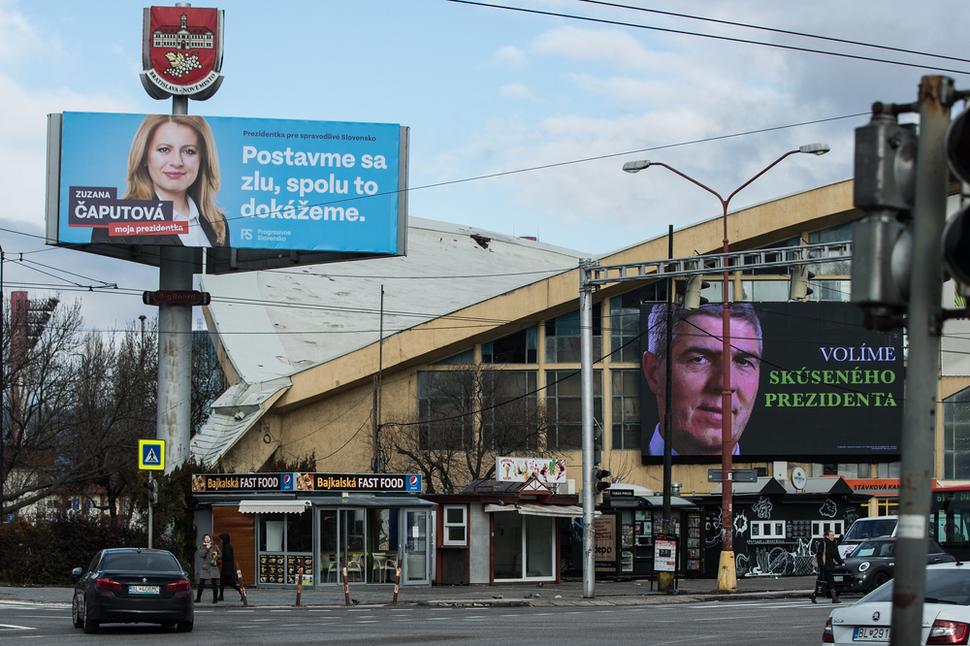 Zuzana Čaputová becomes Slovakia's first female president in 2019. (source: SME - Jozef Jakubčo)
Zuzana Čaputová becomes Slovakia's first female president in 2019. (source: SME - Jozef Jakubčo)
 A march against hatred in Bratislava on October 17, 2022. (source: SME - Marko Erd)
A march against hatred in Bratislava on October 17, 2022. (source: SME - Marko Erd)